Duck Farming for Beginners
Ducks farming, which is part of poultry farming is popular in Asia and is a growing venture in Kenya and Africa as a whole. Ducks, farmed for their eggs and meat that is dark, tender with a mild flavor.
With enough market research, demand-driven duck farming can be profitable to poultry farmer who wants to diversify from the mainstream chicken farming.
Demand-driven farming is where the farmer seeks the market first. With this in mind, duck farming in Kenya can be profitable since they eat a variety of feed and are resistant to many poultry diseases
Advantages and benefits of duck farming
Duck farming is a developing business in Kenya, and despite its significance, many people do not know its real potency. Most of the individuals, such as agriculture entrepreneurs and veterinary graduates, usually focus on milk production or chicken rearing. Most people do not understand duck farming. Here are the benefits and advantages of duck farming.
- Ducks can be reared in an inexpensive shelter. Locally available materials can work well in building the houses making the venture more profitable.
- You will need a reasonably small space to raise ducks. Furthermore, ducks have a relatively short brooding period. The ducklings grow very fast.
- Ducks are hardy birds, and they, therefore, require less management and care. They can quickly adapt to all types of environmental conditions.
- Ducks can feed on a wide range of food. A duck’s regular diet can include fruits, ugali, vegetables, maize, beans, and omena.
- Ducks can lay eggs either in the morning or at night. You will be able to collect the eggs in the morning, thus giving you time to handle other duties during the rest of the day.
- Ducks are usually highly resistant to common avian diseases.
- Duck products such as eggs and meat have a high demand in both local and international markets. Commercial duck farming is, therefore, a great way to get an income. There are many successful farmers in the business making lots of money.
- Ducks not only have a low mortality rate compared to chicken. They also lay eggs for a more extended period.
- Ducks are a great way of controlling pests in your garden. They are also a great way of freeing water bodies of mosquito larvae and pupae.
- Wetlands and marshy riversides that are unsuitable for chicken or any other stock are ideal for ducks.
Duck farming systems
Backyard system
It involves the use of baskets, and after the collection of eggs, the ducks are allowed to range freely and play around a water source.
Extensive system
It involves the collection of eggs in the morning. After that, the ducks are allowed to feed outdoors, such as in a paddy field or wild waters.
Intensive system
This is a stall-fed system of rearing ducks. The ducks are usually put on a standard ratio of feed during the day. They are also allowed to have access to a water source. The most common intensive system is the deep litter system, where they are kept in open-sided houses, with deep litter on the floor.
Duck breeds in Kenya
Duck breeds can be classified according to their purpose. This can be eggs, meat or dual-purpose
Pekin Duck
With creamy white feathers, large body and orange feet, the Pekin duck breed is highly prefered for meat production, both in small scale and large scale commercial production. This is due to the fact that it gains weight fast, reaching up to 3.2 kgs in 6 weeks. The Pekin duck was bred in China.
The Pekin duck can also do well as a dual-purpose breed since it is also a good layer. Pekin ducks do not brood, hence they can lay more eggs.
The Pekin duck breed should not be confused with the Peking duck dish, a popular Chinese meal, where air is pumped between the skin and inner flesh, before roasting.
Muscovy Duck
Priced for it’s lean red meat, that is similar to beef, the muscovy duck was developed in South America. It is the only domesticated duck that was not bred from the Mallard.
Muscovy ducks are more similar to geese than to other ducks. They prefer to graze and sit on eggs for 35 days, rather than 28 days for other ducks.
Muscovy ducks reach market weight at around 11 weeks, with the males being 45% heavier than females. The males reach market weight in 84 days, while the females reach market weight in 68 days. The market weight for males is 5 kgs and for females 3kgs.
Due to these differences in sexes, muscovy ducks are commonly raised separately according to sex. This is to avoid competition for food and also makes it easier to process them.
Muscovy ducks do not lay as many eggs as other breeds and become broody at point of lay.
Indian Runner
With a tall upright posture, Indian runners are great egg layers. They are able to lay 365 eggs in a year. The Indian Runner breed originated from Asia.
Khaki Campbells
Producing up to 344 eggs a year, the Khaki Campbell is mostly kept for eggs, though it is also a good meat duck. It has a khaki color, which makes it stand out from other duck breeds. It was developed in England, as a cross of the Rouen and the Indian Runner.
Mulard Ducks (Mule)
The Mulard duck, also known as mule duck, is a sterile cross of the muscovy duck and common ducks. They are kept for their lean meat since they cannot lay eggs.
Feeding ducks
Ducks need minimal attention and can flourish well in scavenging conditions. The use of pond, range, or supplementary green feed usually reduces cost.
Moreover, they typically feed just like chicken. However, you will need to supplement their meals since most ducks lay more eggs than hens. Just ensure that they get wet mash since they have a problem swallowing dry pulp. You need to note that your ducks should never be given access to food without water.
You will need to give your ducks feeds that are nutritious according to the growth rates and the different types of breeds. For small scale duck farming, you can feed them with kitchen waste, rice bran, and snails. Ensure that your ducks get plenty of well-balanced food so that they can give you proper egg and meat production.
For the first eight weeks, your birds should always have access to feed. Later on, you can feed them twice a day.
Duck breeding
Water is a must for the reproduction of ducks. They usually do not get inspired to mate without it. Ten female ducks can be laid by one male. Quality duck breeds typically start laying eggs by the age of five months. It is possible to use a hen to hatch the eggs instead of duck. The eggs usually take about 28 days to hatch.
Ensure that you sprinkle the eggs with water two or three times a week, especially if you use either a diesel or automatic incubator to hatch the eggs. You should avoid keeping the ducklings in water during the first week. This is because they are likely to catch a cold.
Some pointer n duck production are:-
- Ducks apart from Muscovy ducks hatch at 28 days. Muscovy ducks hatch at 35 days
- Brooding takes 10-14 days
- Ducks drink a lot of water when they eat.
- Course wood shavings, when used as litter, can hurt the duck’s web feet.
- The commercial stocking density of ducks is 5.6 ducks per square metre.
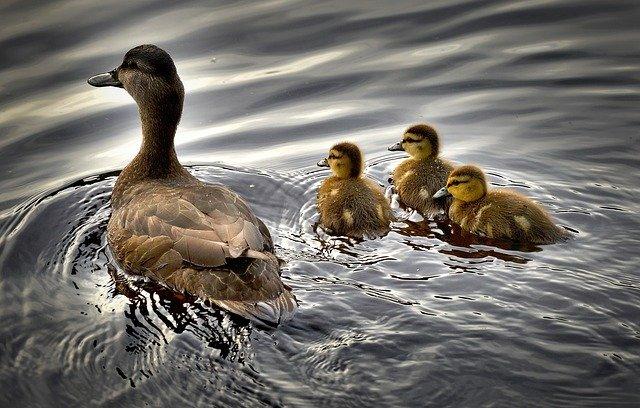
Sex identification
It is easy to know the sex of your ducklings. The tail feathers of a male duck are normally curled up. The other way is to raise its tail and press its behind. If there’s something like a thorn, then it is male, and if not, it will undoubtedly be a female duck.
Duck housing
Ducks do not need intricate housing. Only ensure that it is well ventilated and safe. Ducks like damp places. If you decide to house them in a concrete-floored house, make a deep litter of a depth of between 5-6 inches.
This is to ensure that the eggs are not affected. You will need to place an oil drum or wood to raise it in suitable places. The door should be high since they usually enter their houses with the head elevated. Each duck often requires 2-3 square feet of space.
Ensure that the housing is free from predators, particularly dogs.
Selling duck products
You need to clean the eggs before dispatching them to the market. You can use a soiled towel or paper. Avoid using water directly. There are egg baskets or cartons that can be used to carry them. Each package usually takes thirty eggs.
Ensure that you place a deep layer of hay or wood chippings to act as a buffer when transporting the packages to the market.


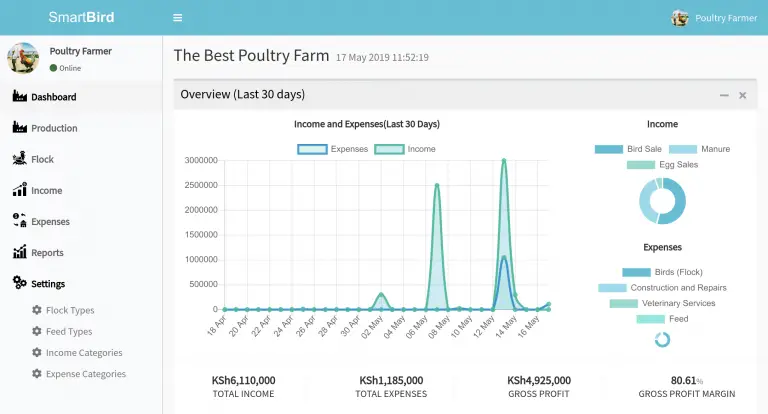
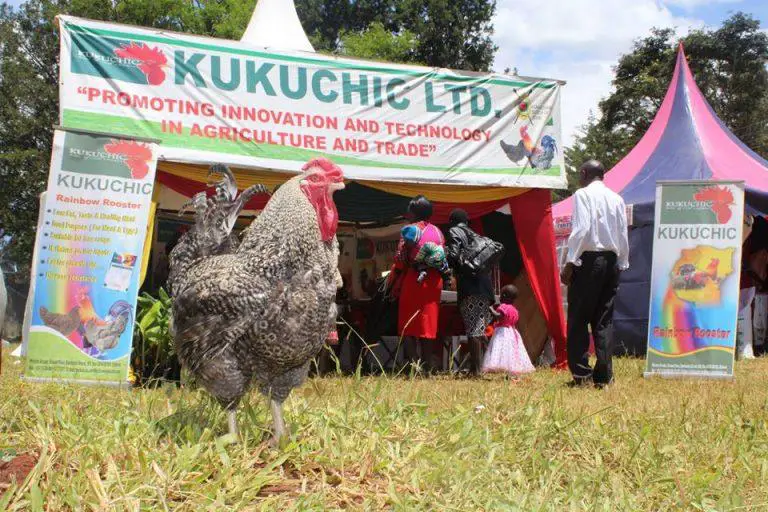
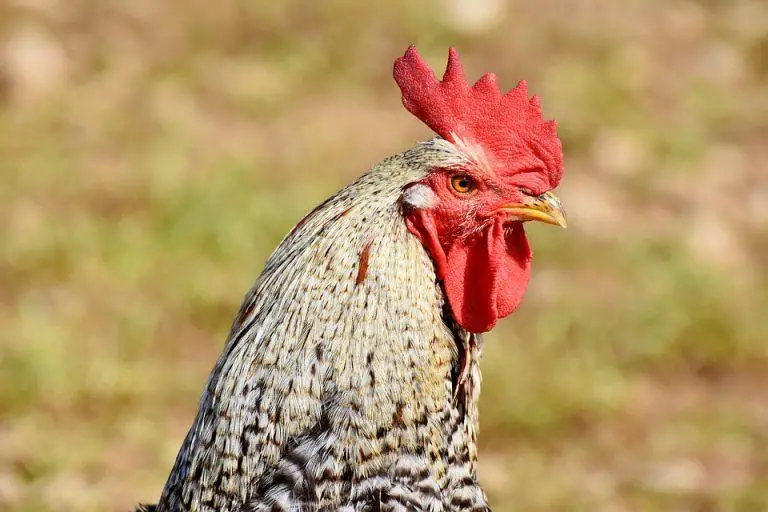

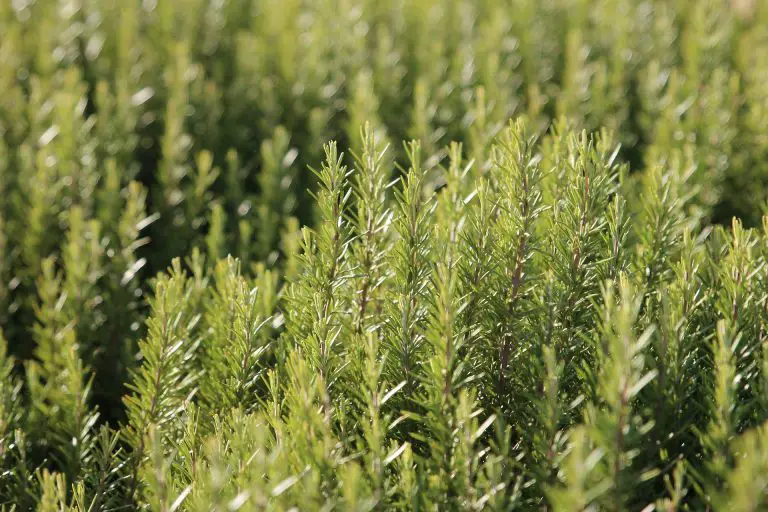

I need peckin breed. How can I get some and what’s their cost.
Muscovy ducks hatch at 28…
Muscovy ducks hatch at 28 days. Is it correct ?
Thank you for your education
Thank you for your education
Thanks So much for sharing…
Thanks So much for sharing the information. You’ve really enlightened me on the duck farming since am so green n I wanted to give it a trial
Educative content indeed. Only that typo error on muscovy hatching days,should be 35days.